
As we walk from one end of Playa Hermosa to the other, Heather O’Connell tells me the story of almost every tree we see. “We planted this rain tree in June, that small almond tree four years ago, and this palm tree six years ago,” she says as she points out each one.
Heather is a senior citizen from the United States that has led a reforestation project for ten years on this coast in Carillo. Along with residents from the community she has planted more than 200 trees that provide shade for visitors and fruits for monkeys, iguanas and birds.
I don’t do this alone,” she says in English, the only language she is fluent in despite living 10 years in Costa Rica.
Starting in January every year, she sends emails to families in the community and knocks on the doors of businesses near the beach. She makes the same request of all of them: money to buy trees, pay for transportation to get the trees to the beach and provide compensation for the volunteers that help dig the holes.
She also puts up posters in the community announce the activity and asking for volunteers to plant the trees. She does the same on her Facebook profile. Then she visits nurseries to buy the best-suited trees according to her experience.
Every April 26, Arbor Day in the U.S, Playa Hermosa gets together to plant trees. Heather invites the community priest and the local school kids to plant trees, bless them and play games and share snacks.
During last year’s activity they also installed trash cans on the beach made of mosaic art, which Heather knows how to do. She taught other members of the community and, together, the beautify the coast.
What we want to do is preserve the beauty of Playa Hermosa,” she says.
A beauty that, according to Heather, was threatened 10 years ago when construction of condominiums along the beach began. Trees started to disappear, and that was the root of her reforestation project.
Learning Every Year
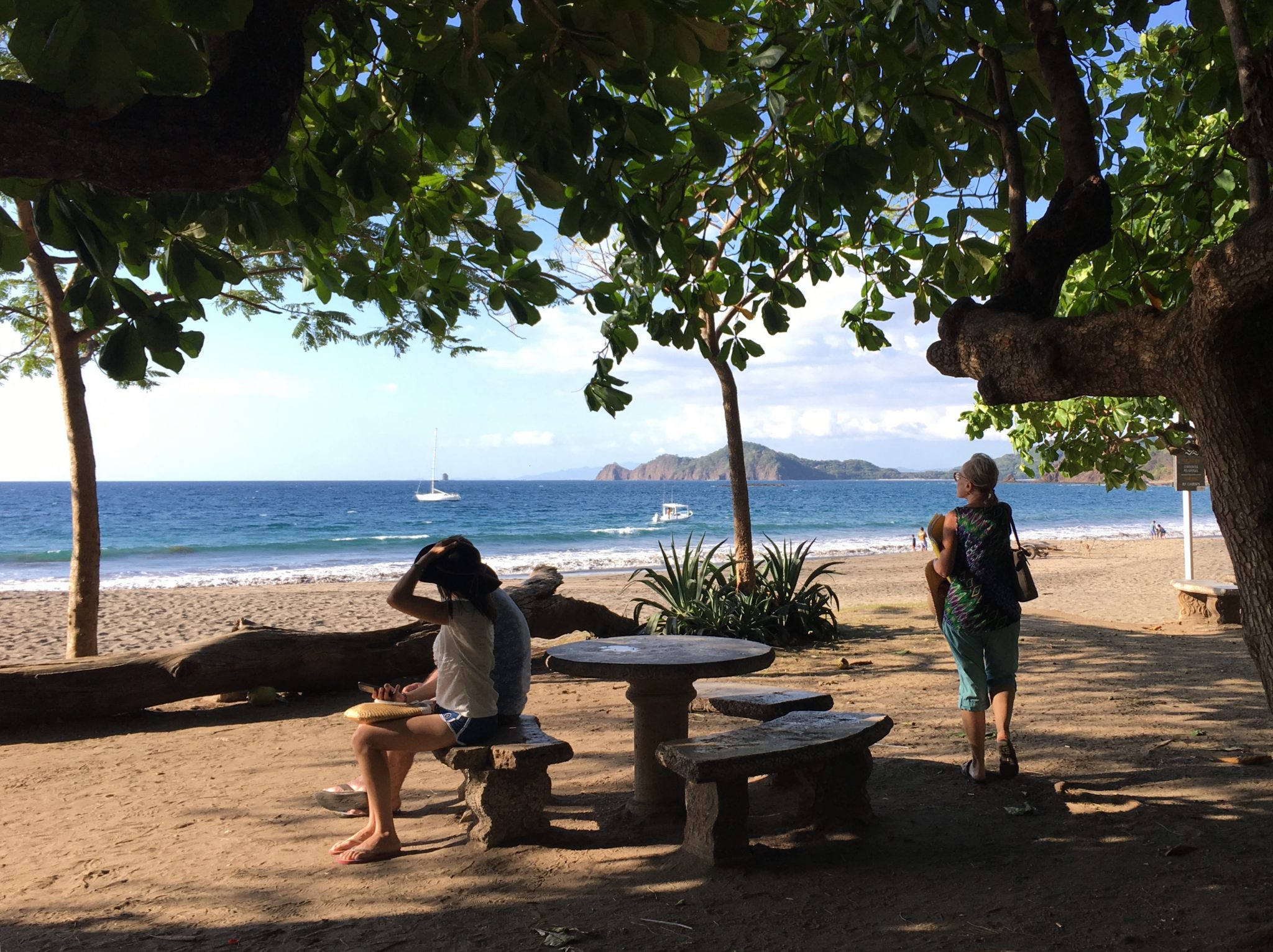
Heather, right, knows the story of each tree on this beach in Carrillo.
Ten years ago, when Heather and a community reforestation committee started working, they planted small trees. As time passed, they realized that many of them didn’t survive.
“I learned that they had a low survival rate because people would crush them or take them home and plant them,” she says. “So I decided to buy bigger ones and I realized that the trees of about six feet had a better chance of surviving.”
She also learned through the years that some tree species don’t like the area, such as strangler figs.
“We planted different trees every year to figure out which ones worked better. When one falls, like an olive tree for example, we plant another olive tree,” she says. She decides where each tree will be planted.
“I come to this beach every morning. I know exactly where there is shade and where there isn’t shade and which spot is good,” she says.
Heather visits the beach every morning because she waters the trees during dry season and is part of a group that cleans the beach everyday. She finds people at properties on the beach to help provide her with water for the trees.
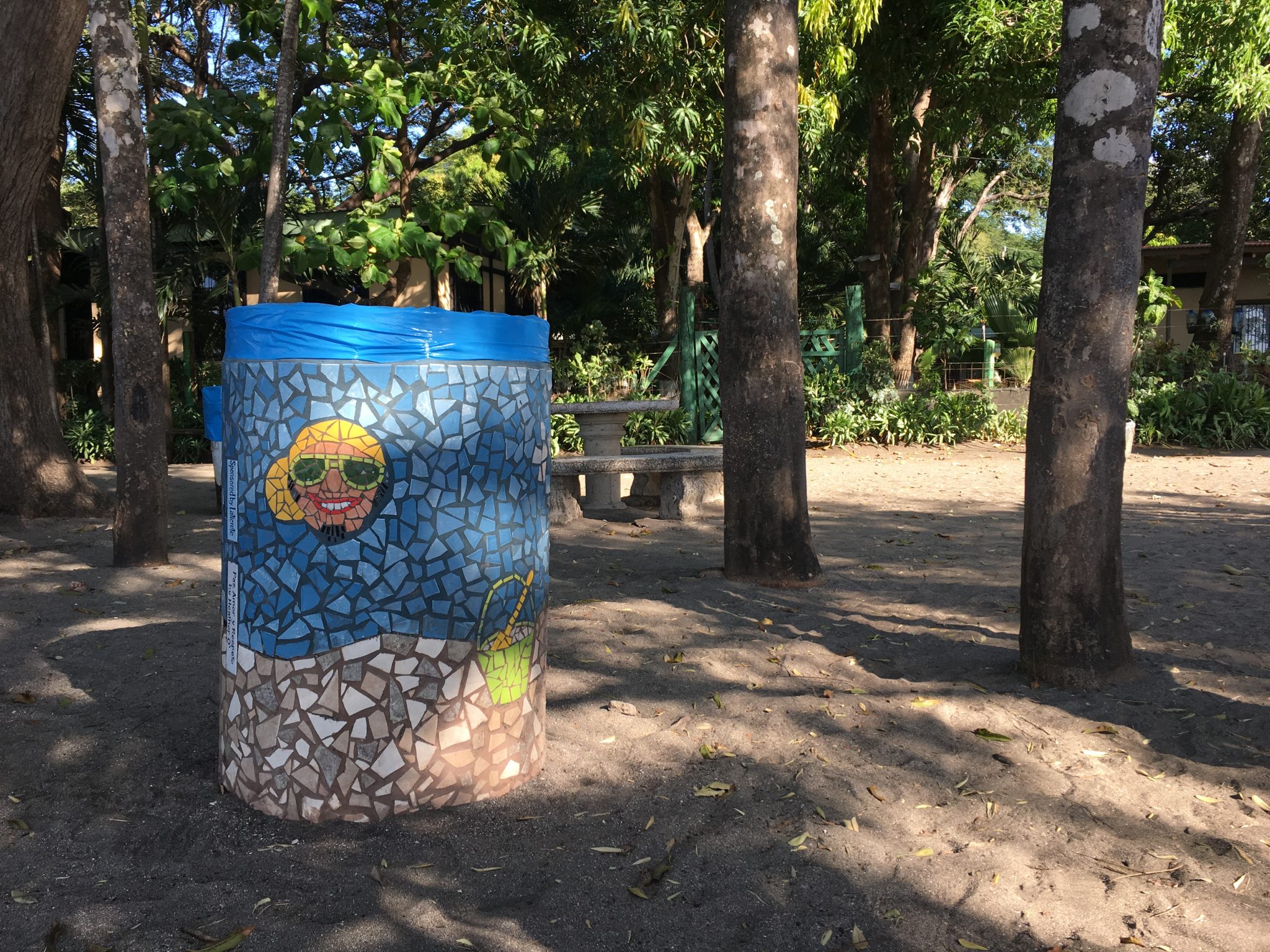
Last year they also made mosaic trash cans to put along the beach.
But she also finds obstacles. Some of the trees are poisoned or chopped down, Heather says, by residents or condo owners that live along the beach and want a clear view of the ocean without trees.
Heather says that they haven’t been able to stop this, not even with criminal complaints because it’s hard to prove who is responsible to the authorities.
This year, for example, they planted 27 trees and 10 have died by poison, damage to their trunks or other natural causes.
Despite the poisoning, the beach looks green and Heather is focused on dedicating resources to the purchase of trash cans, tables and chairs.
Sitting on one of the stools, Heather tells me that she has a bigger concern. Who will lead the project when she is no longer around?



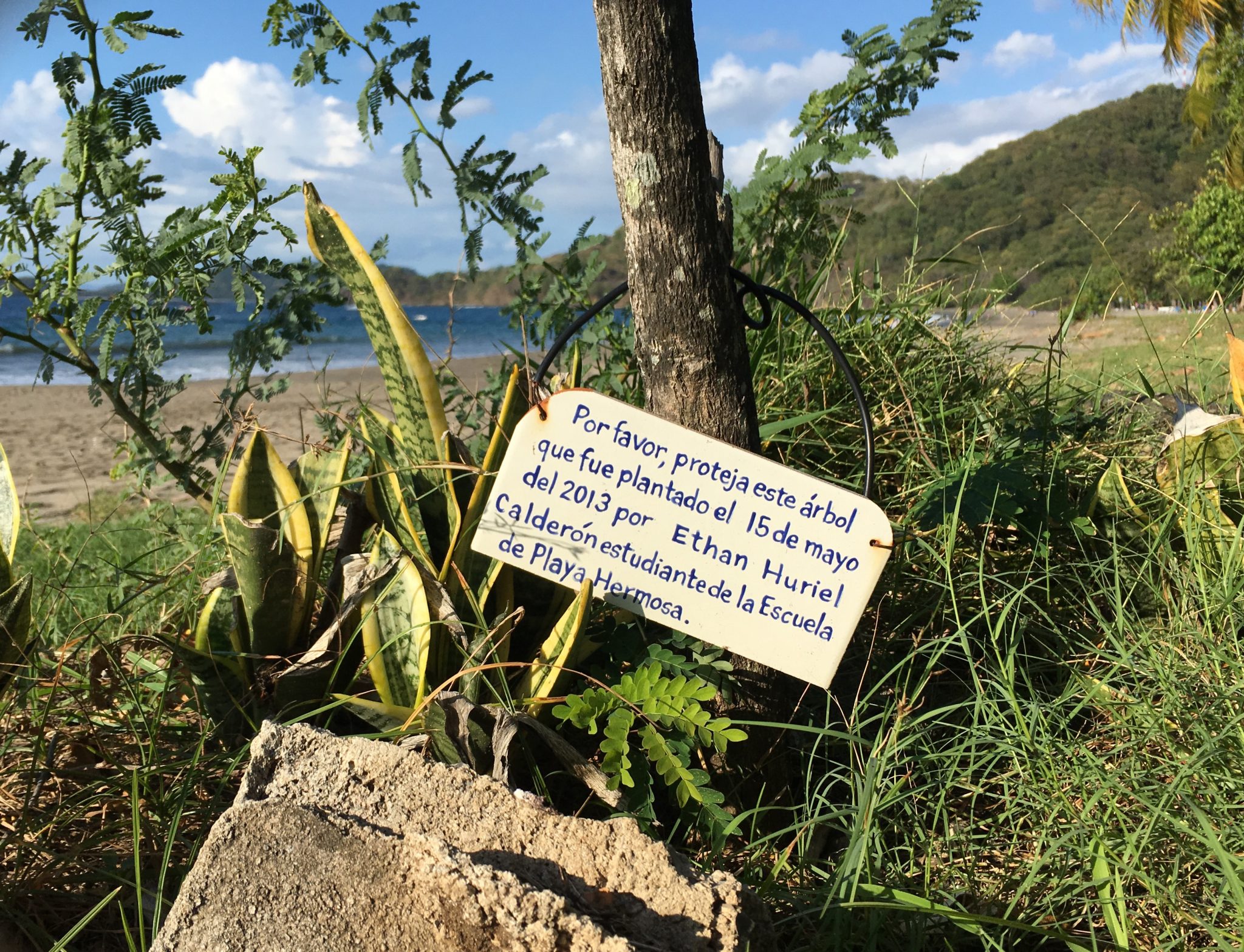
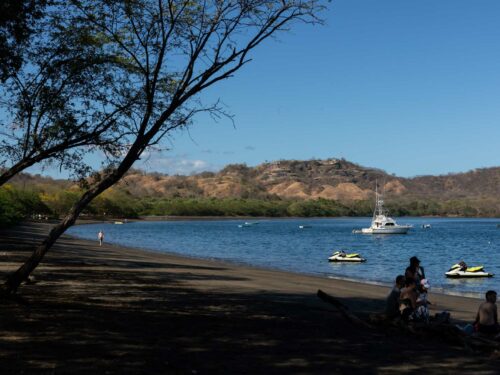
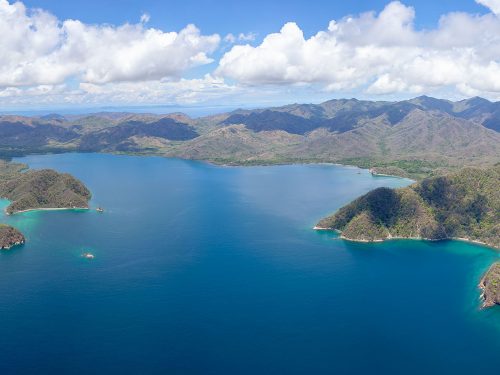
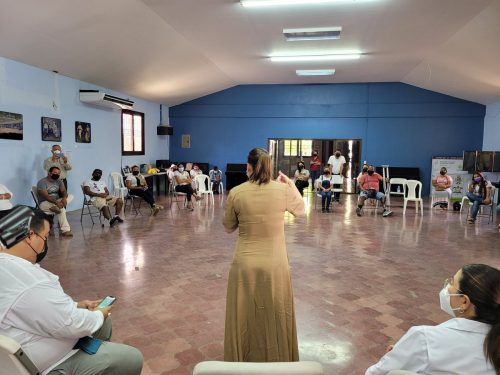

Comments